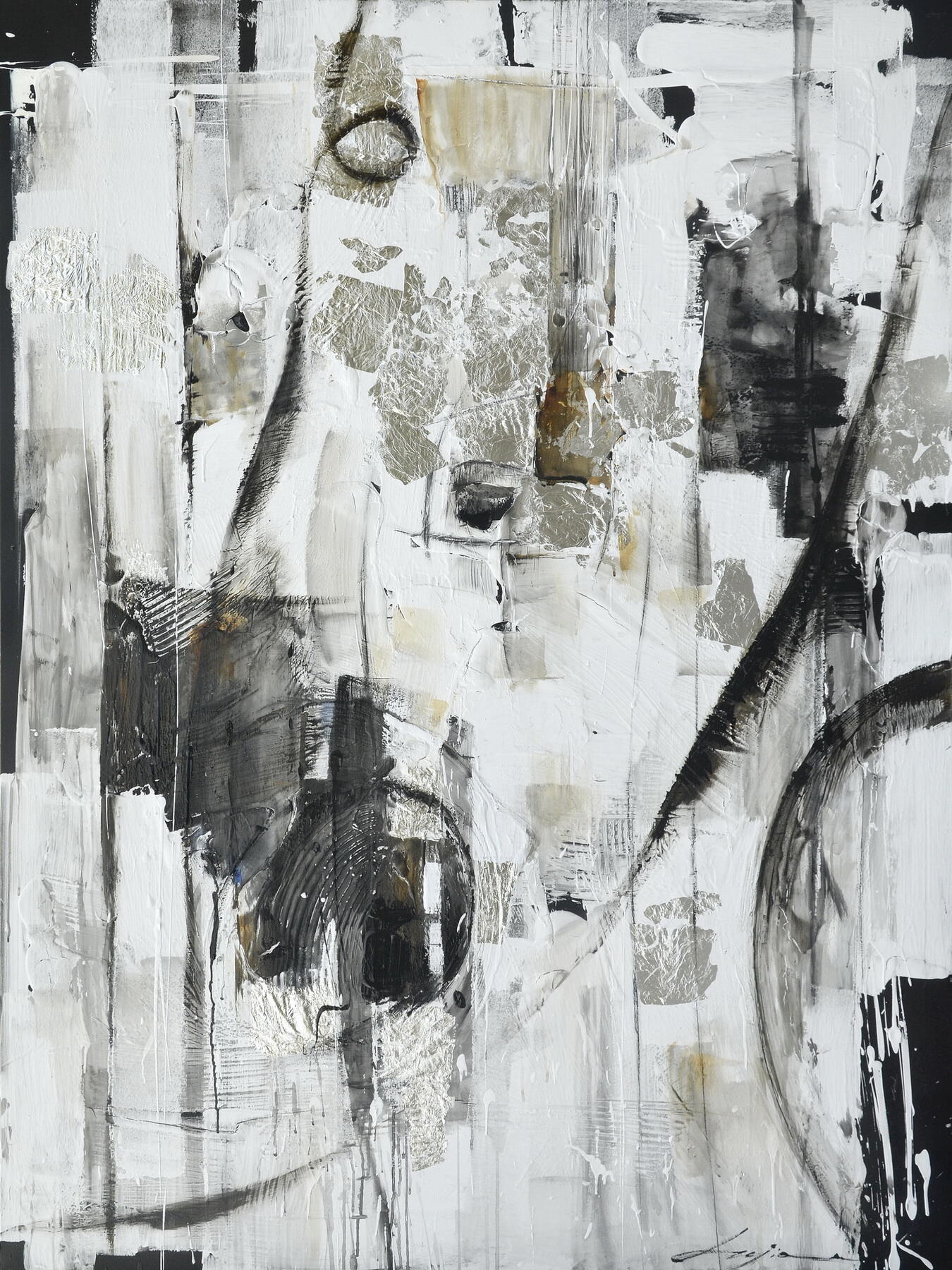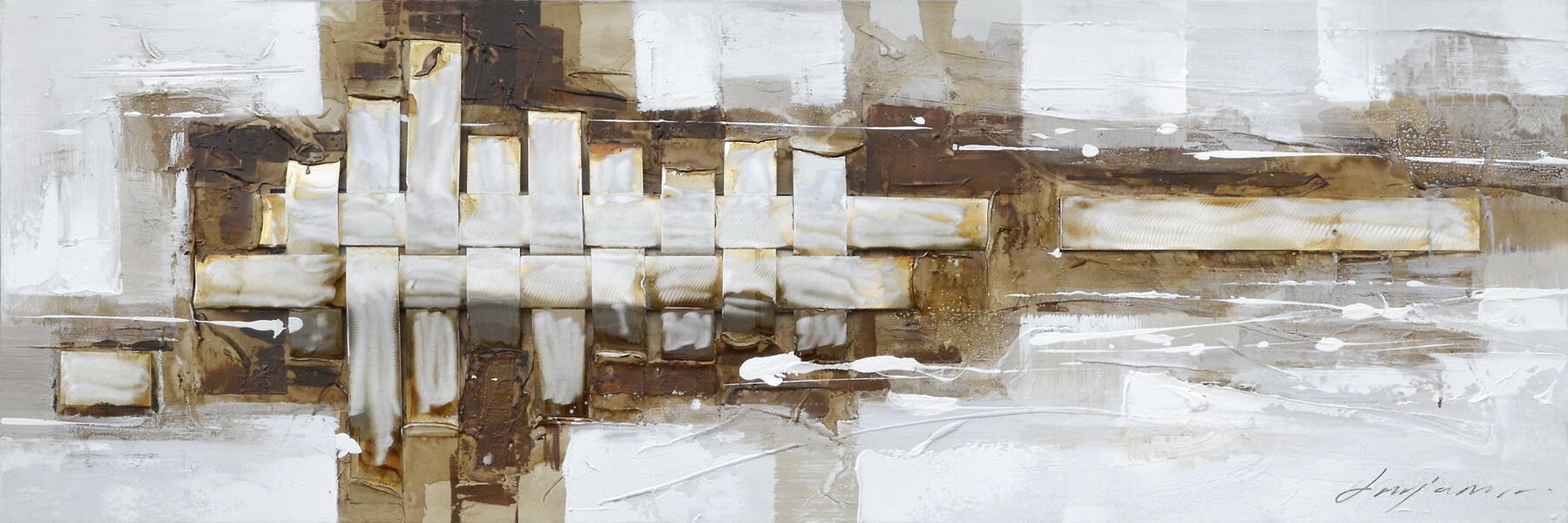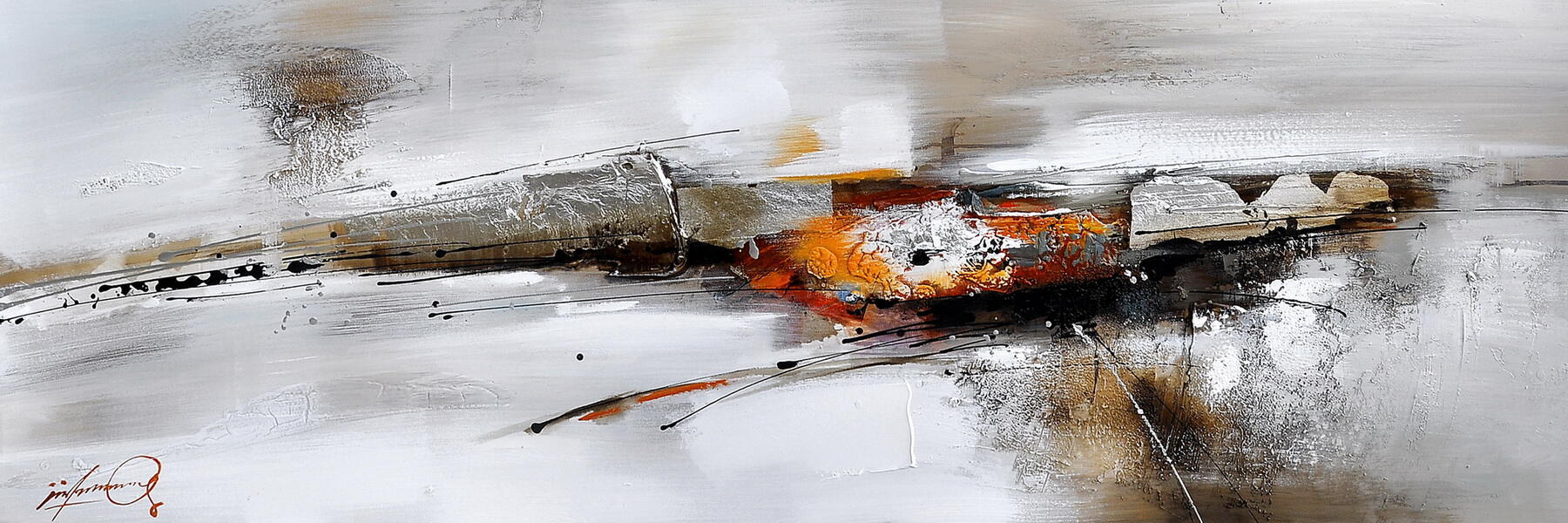abstract painting
Abstract painting represents a revolutionary form of artistic expression that breaks free from traditional representational art, focusing on colors, shapes, and forms to convey emotions and ideas. This innovative artistic approach emerged in the early 20th century and continues to evolve with contemporary artistic practices. Abstract paintings utilize various techniques including gestural brushwork, geometric patterns, and color field applications to create compositions that exist independently of visual references to the external world. The artwork often employs a sophisticated understanding of color theory, composition principles, and artistic elements to create visual impact and emotional resonance. These paintings can be created using diverse mediums such as oils, acrylics, watercolors, or mixed media, each offering unique textural and visual possibilities. Abstract paintings serve multiple functions in modern spaces, from acting as focal points in interior design to providing therapeutic benefits through their non-representational nature. They can transform environments by introducing dynamic energy, creating atmospheric effects, and stimulating intellectual and emotional responses in viewers. The technological advancements in paint materials and tools have expanded the possibilities for abstract artists, enabling them to achieve previously impossible effects and textures.


